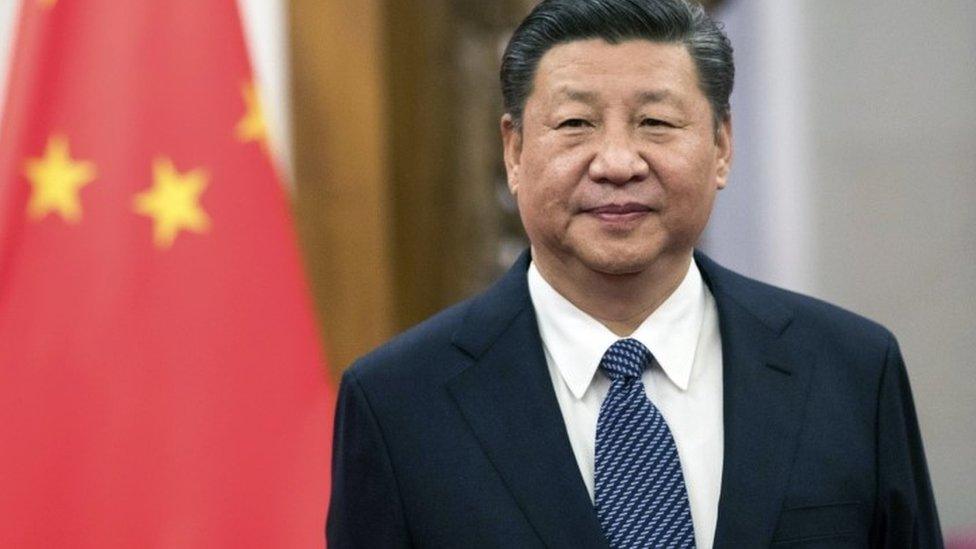- Courses
- GS Full Course 1 Year
- GS Full Course 2 Year
- GS Full Course 3 Year
- GS Full Course Till Selection
- Answer Alpha: Mains 2025 Mentorship
- MEP (Mains Enrichment Programme) Data, Facts
- Essay Target – 150+ Marks
- Online Program
- GS Recorded Course
- Polity
- Geography
- Economy
- Ancient, Medieval and Art & Culture AMAC
- Modern India, Post Independence & World History
- Environment
- Governance
- Science & Technology
- International Relations and Internal Security
- Disaster Management
- Ethics
- NCERT Current Affairs
- Indian Society and Social Issue
- NCERT- Science and Technology
- NCERT - Geography
- NCERT - Ancient History
- NCERT- World History
- NCERT Modern History
- CSAT
- 5 LAYERED ARJUNA Mentorship
- Public Administration Optional
- ABOUT US
- OUR TOPPERS
- TEST SERIES
- FREE STUDY MATERIAL
- VIDEOS
- CONTACT US
Government of India is set to introduce National E-Commerce Policy
Government of India is set to introduce National E-Commerce Policy


Latest Context:
Recently, the Government of India announced that it will introduce a new national e-commerce policy that aims to create a favourable environment for the development of the sector and to increase exports.
Background:
- India is quickly emerging as one of the leading player in the global e-commerce industry.
- E-commerce is dramatically opening up the global market for Indian entrepreneurs at scale and this has changed the fate of ‘Made in India’ products.
- The e-commerce policy was first proposed in 2018.
- In the year 2019, a draft of the e-commerce policy was released.
- There are an estimated 2.14 billion online shoppers globally and the number continues to grow rapidly.
- This presents a fantastic opportunity for businesses in India to start thinking about the global opportunity more seriously.
So, What is E-Commerce?
1. Electronic commerce or e-commerce is a business model that provides a platform to the firms and individuals to buy and sell things over the Internet.
2. Promoted by rising smartphone penetration, the launch of 4G and 5G networks and increasing consumer wealth, the Indian e-commerce market is expected to grow to US$ 200 billion by 2026.
3. The Indian e-commerce industry has been on an upward growth trajectory and is expected to surpass the US to become the second-largest e-commerce market in the world by 2034.
About the Upcoming E-Commerce Policy
- It aims to establish a regulatory framework that facilitates ease of doing business in the sector.
- The policy recognizes the significant export potential of India's e-commerce sector.
- With global cross-border e-commerce exports projected to reach 2 trillion USD by 2025, India aims to take benefit of this growth opportunity.
- The possibility of establishing a regulator for the e-commerce sector is being considered, but its implementation may take time.
- Local traders' associations have been advocating for an empowered regulatory body to enforce e-commerce rules and curb violations.
- Traders have expressed concerns regarding the violation of e-commerce rules, such as deep discounts and preferences given to select sellers.
- The policy intends to clarify these issues and provide greater transparency in the rules governing FDI in e-commerce.
- The Consumer Protection (e-commerce) Rules 2020 and the proposed amendments will be aligned with the e-commerce policy for consistency.
Challenges with E-Commerce Exports in India are:
-
Lack of proper infrastructure, such as warehousing and transportation, makes it difficult for e-commerce businesses to scale and reach a larger audience.
-
Access to payment and financial services, especially for small businesses, is still a major challenge.
-
Customers are often hesitant to make online purchases from unfamiliar websites, which can limit the growth of e-commerce exports.
-
Shipping and delivery of products to foreign countries can be expensive and time-consuming, leading to dissatisfaction among customers.
-
Complex customs duties and other regulations can make exporting goods challenging and time-consuming.
-
E-commerce websites are vulnerable to cyber-attacks, which can lead to loss of sensitive information and can negatively impact the reputation of the business.
-
Lack of standardization in terms of product quality, delivery, and customer service can make it difficult for e-commerce businesses to gain a competitive edge.
-
Competition from well-established international e-commerce companies can make it difficult for Indian companies to grow and succeed in the global market.
How India can Lead the E-commerce Export Market?
-
Creating awareness about e-commerce exports is crucial in promoting and increasing the growth of this industry.
-
One effective strategy for creating more awareness about e-commerce exports on the ground is through:
A) Education and training can help in gaining a better understanding of the benefits and opportunities offered by e-commerce exports.
B) Networking events which can serve as a platform for businesses and individuals to connect and share ideas.
C) Marketing campaigns can also play a crucial role in creating awareness about e-commerce exports.
-
India needs to invest in better infrastructure facilities such as roads, ports, and warehouses to make it easier for e-commerce companies to export their products.
-
The government can simplify the export regulations and procedures to make it easier for e-commerce companies to start exporting.
-
The government can encourage foreign investment in the e-commerce sector to bring in more resources and expertise to help companies grow.
-
A strong logistics network is crucial for e-commerce exports, and India needs to develop this network to ensure that products reach their destination on time.
-
The government can encourage digitalization in the e-commerce sector to make it easier for companies to connect with customers and suppliers and streamline their operations.
-
The government can offer incentives to e-commerce companies that are focused on exports, such as tax breaks, subsidies, and grants, to encourage them to grow and expand their operations.
-
The government can build strong partnerships with other countries and organizations to help Indian e-commerce companies access new markets and find new customers.
Some Recent Initiatives of Government of India in this Regard are:
- BharatNet project: It will provide internet connectivity in local bodies in every panchayat, which will increase the reach and access of e-commerce in rural areas.
- Open Network for Digital Commerce (ONDC): A network that aims to provide equal opportunities for Micro, Small and Medium Enterprises (MSME) to thrive in digital commerce and democratize e-commerce.
- Digital India initiative: The Digital India initiative has provided solid support to other government-led initiatives, including ‘Start Up India’ and ‘Aatmanirbhar Bharat’, which have great potential to translate into global success.
Conclusion and Way Forward
These days, e-Commerce has become an important part of many multilateral negotiations at WTO, BRICS etc. As a growing sector with huge interest from both domestic and international players, it becomes necessary to regulate it keeping in mind the interest of both entrepreneurs and consumers. A conducive environment and a level playing field should be encouraged and this new policy is a positive step in this direction.



